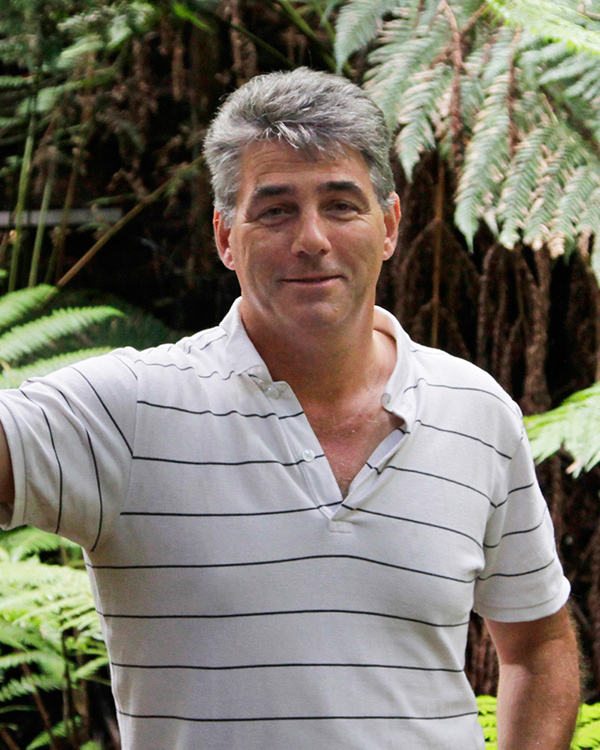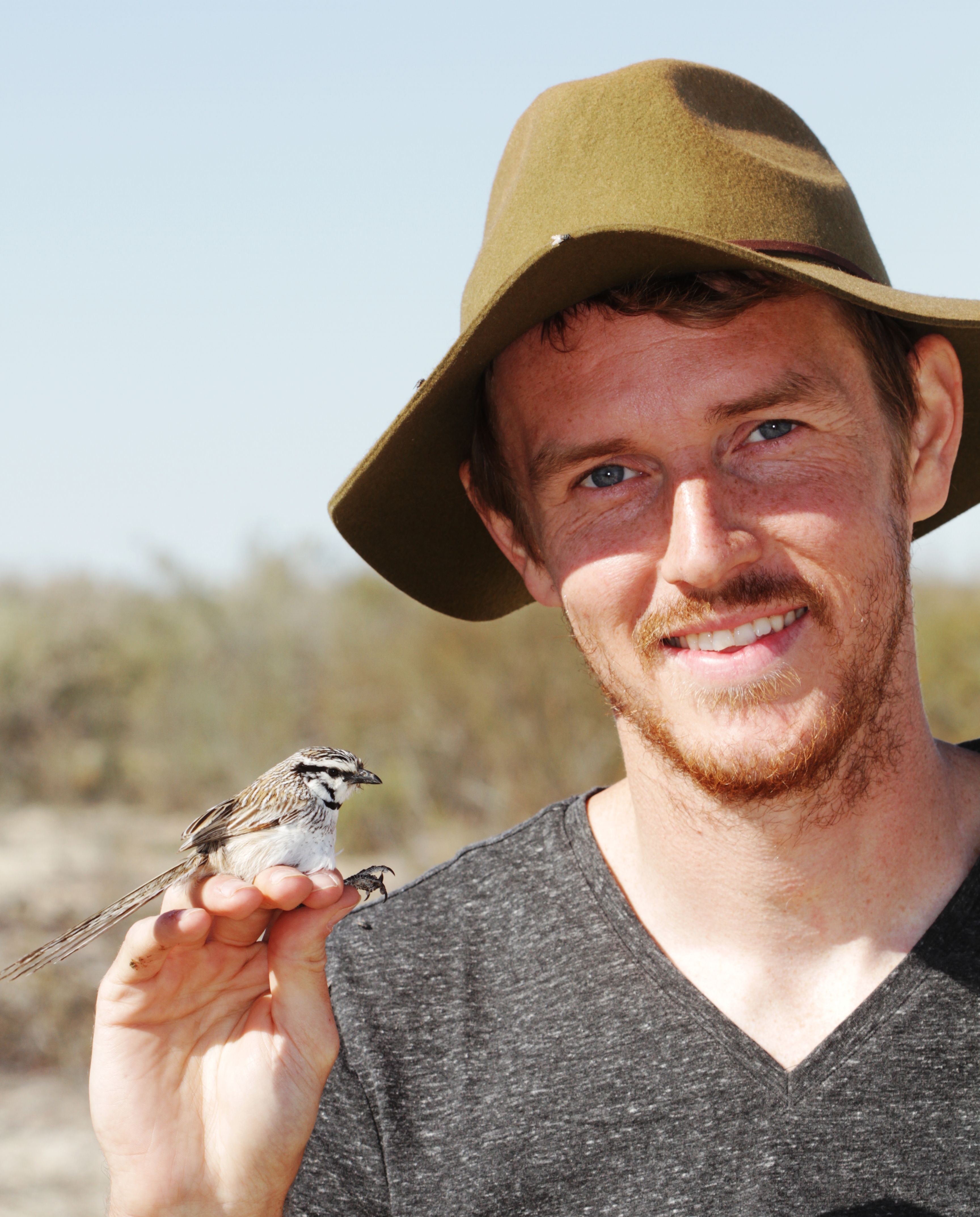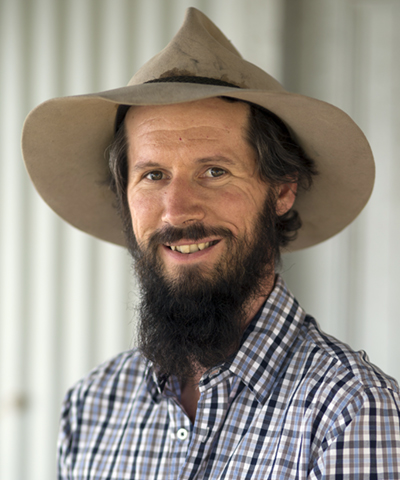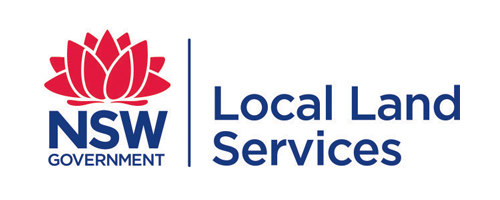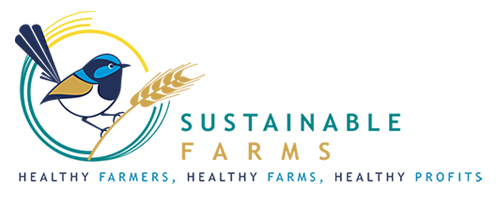
Project: 1.2.1.4
How bird communities change in relation to vegetation change
Project Leaders: David Lindenmayer , David Smith
Research in Brief
This project will examine how bird communities change at woodland restoration sites in south-eastern Australia. The project will use long-term datasets to compare changes in the assemblage of woodland birds that occupy tree plantings with birds that occupy stands of remnant vegetation. In particular the research will investigate: 1) Does bird species richness in plantings change over time? 2) Does the size and shape of the tree planting influence bird species richness over time? 3) Are there changes in the occurrence of individual bird species over time? 4) Are temporal changes in bird species linked to particular life-history attributes such as body size, nesting behaviour and diet?

Jacky Winter. Photo: Damian Michael
Why is the research needed?
Millions of hectares of land worldwide are cleared of vegetation and exist in a highly degraded condition leading to loss of biodiversity. In response, billions of dollars are spent annually by governments and natural resource management organisations to actively restore degraded agricultural landscapes. However, the long-term effectiveness of restoring farming landscapes for biodiversity is poorly understood for the majority of restored ecosystems worldwide. Understanding what species recolonise restored areas is important as it is often unclear whether these areas support similar species to that of intact areas, support populations of threatened species or whether they support very different communities.
Habitat restoration has the potential to help reverse the decline of many threatened woodland species such as the brown treecreeper and superb parrot. However, as many threatened species have different nesting behaviour and foraging patterns, it is not well understood what bird species benefit from tree plantings and whether their habitat requirements are met.
In Australia, land clearing has resulted in the loss of approximately 85% of ‘white box–yellow box–Blakely’s red gum grassy woodland and derived native grassland’ (box gum grassy woodlands), and what remains on private property is often highly degraded and impacted by ongoing grazing or other threats.
Actively restoring landscapes that have been extensive cleared is one part of the solution to reversing loss of biodiversity. Organisations such as Landcare groups, Local Land Services, Catchment Management Authorities and Greening Australia have been actively engaged in tree planting programs for the past three decades which has resulted in substantial increases in native vegetation cover in some regions. However, little information exists on what makes an effective tree planting for woodland bird communities, and how do different species’ assemblages change over time as tree planting mature and shrub species senesce or regenerate.
How will the research help?
This research will provide new information on how bird communities change over time as tree plantings continue to mature and the vegetation structure changes. Previous research in south-eastern Australia has found that many declining woodland species such as the Diamond Firetail, Southern Whiteface, Jacky Winter, Scarlet Robin, Hooded Robin and Eastern Yellow Robin will utilise tree plantings within several years of them being planted. However, few long-term studies exist to inform the future trajectories of woodland bird communities.
Do these species disappear once tree plantings reach a certain age, or do undesirable species such as the hyper-aggressive noisy minor colonise the tree plantings as they begin to mature? What are the implications of such changes for perpetuating the recovery of threatened birds in agricultural regions? These are some of the questions this research will help answer.
The new information that will emerge from this research will help inform future restoration programs and property vegetation planning throughout the box gum grassy woodland of south-eastern Australia.
Findings from this project will also be disseminated through public landholder presentations, formal workshops and other communications, including a book that focuses on the response of wildlife to restoration programs. 
Ungrazed planting with phalaris. Photo: Damian Michael
What research activities are being undertaken?
Bird surveys are being undertaken across a broad range of tree plantings and stands of remnant vegetation in the South-west Slopes of New South Wales. Bird surveys commenced in 2001 and are conducted during both the winter and spring months to account for migratory species. Surveys are also conducted by two different observers on two separate days to account for observer bias and weather effects. In conjunction with the bird surveys detailed vegetation assessment are made to link changes in bird communities with changes in vegetation. Other variables such as planting age, planting size and shape, planting location and planting species composition will be collected and used to evaluate changes in the bird community.
Who is involved?
- Holbrook Landcare Network
- Murray Local Land Services
- Riverina Local Land Services
Where is the research happening?
The research is being conducted in the South-west Slopes bioregions of southern New South Wales.
When is the research happening?
The project will run for three years, until 2021.
Further Information
For more information, please contact project leader:
Daniel Florance - daniel.florance@anu.edu.au
Top image: Scarlet Robin. Photo: Patrick Kavanagh_CC by 2.0_Flickr

